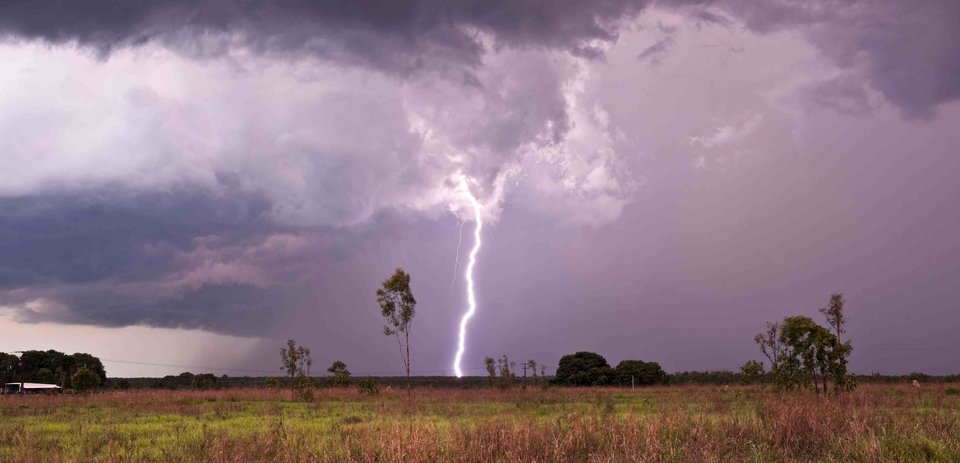Water contamination is one of the biggest challenges the world is facing today. About 750 million people have no access to clean drinking water, particularly in Sub-Saharan Africa and Southeast Asia. It is not only the rivers that are affected by the problem; in Asia for instance rapid industrial development has also caused serious groundwater contamination. And it’s getting worse. This spurred Dr Ruud van Ommen into tackling the problem. And he is using nanotechnology to do it.
From lab to reality
Van Ommen says the truly innovative aspect of the TU Delft Global Research Fellowship project his team is undertaking is the scale. “A lot of people around the globe are experimenting with nanotechnology but not many can make the transition from small-scale lab findings to large-scale reality.” Nanotechnology can be used to make a variety of materials, for instance solar cells to generate renewable energy. Or, as in this particular case: metal oxide based nanoparticles to destroy chemical and biological pollutants in water.
Photocatalytic materials
“We start with nanoparticles consisting of cheap and abundant materials that we can immobilize on a grid. Our particular field of expertise lies with what comes next: combining these particles with materials which will make it react more efficiently to sunlight, so-called photocatalytic materials. When we place the grid in a container of running water and put it in the sun, pollutants such as agricultural pesticides are broken up and rendered harmless. So there’s polluted water entering from one side and safe drinking water coming out on the other. This container is what we call our ‘reactor design’.
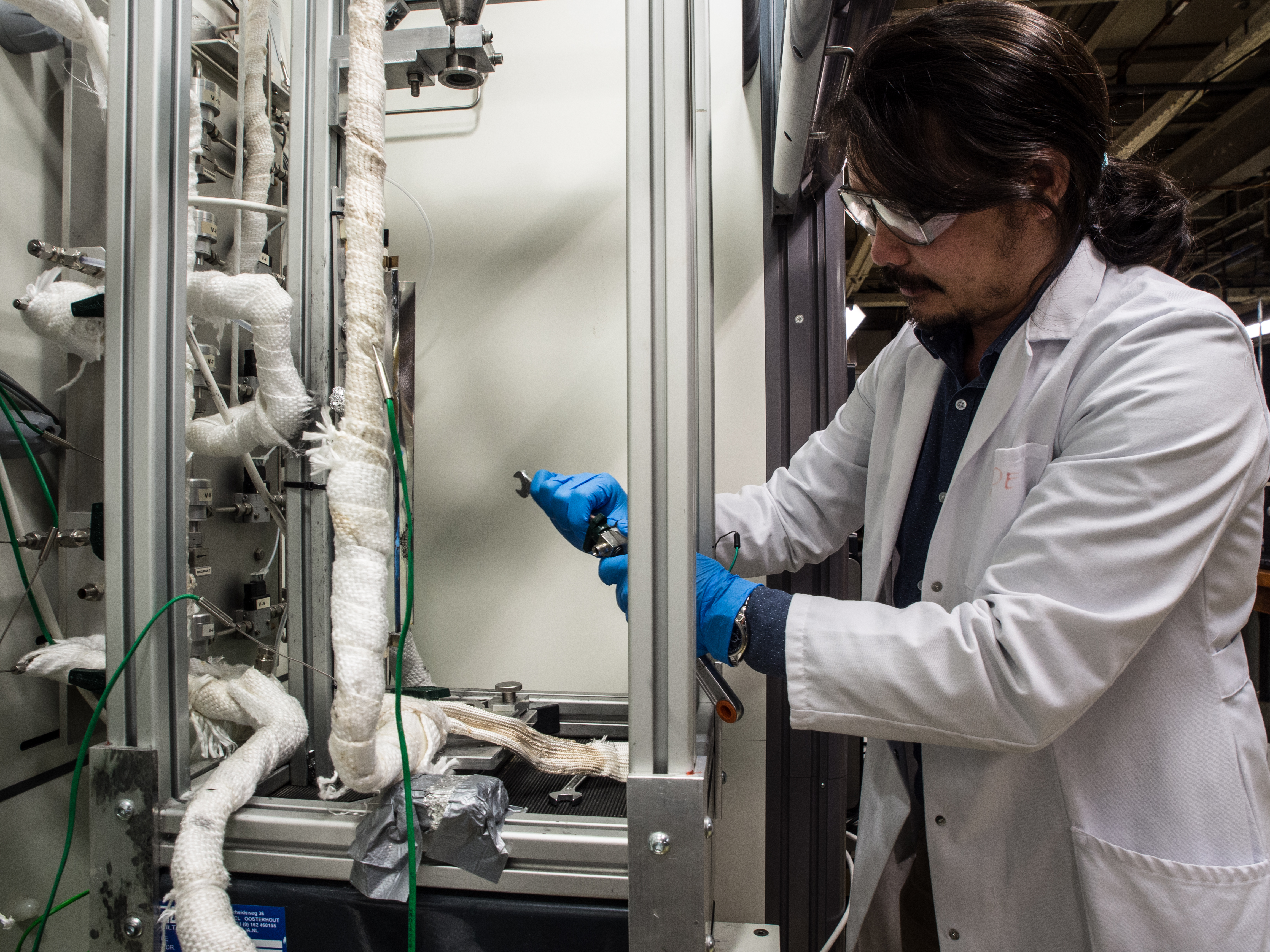
Making it work
An important partner in this research project is Quy Nhon University in Vietnam. “It’s a local university right in the middle of the area affected by severe groundwater contamination. We are also in contact with a local start-up company which will develop and mass produce our prototype.” The ultimate idea is to create a device that can provide a household with ten liters of clean drinking water per day. However, before this can be realized there are some challenges to overcome, as PhD student Dominik Benz explains: “While the idea of this technology has been around for some time, it’s still lacking. The scientific challenges are that it’s not efficient enough yet, and that there are still some engineering issues with how to implement it properly in a reactor to make it work.”
Worldwide access to clean water
In Van Ommen’s project experts with different backgrounds are brought together to find a solution to this problem, which is the team’s main strength says Benz. “My background is chemistry and material science, needed to make these photocatalytic materials, Van Ommen’s background is more the reactor design. To make this project happen you need both. You need to have the materials and then you need to have expertise on how to implement the materials in the reactor. The problem is usually that, in scientific literature, people are often focused either on the reactor design or on the materials.”
In spite of these challenges the objective of finding a way to give people worldwide access to clean water keeps the team going. “We live in the 21st century and some people still have to drink heavily polluted, even toxic, water. How can this be? Clean water is such a basic need. This problem needs to be tackled as soon as we can.”
Co-workers: Hao Van Bui
Global Research Fellowship
Global Challenges
Clean drinking water
High-tech Science
Nanotechnology, atomic layer deposition, reactor engineering, abundant materials, scalability, long lifetime, high reactivity
Co-Creation
Quy Nhon University (Vietnam)
Global Research Areas
| Health | |
| Water | |
| Energy | |
| Disaster Resilience and Response | |
| Urbanisation |
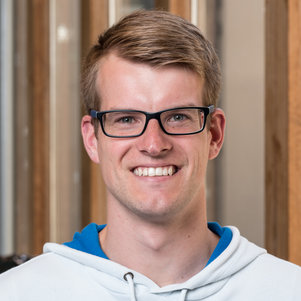
Dominik Benz
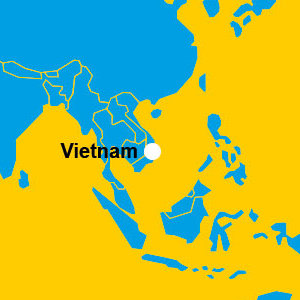
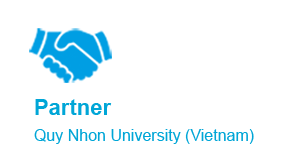



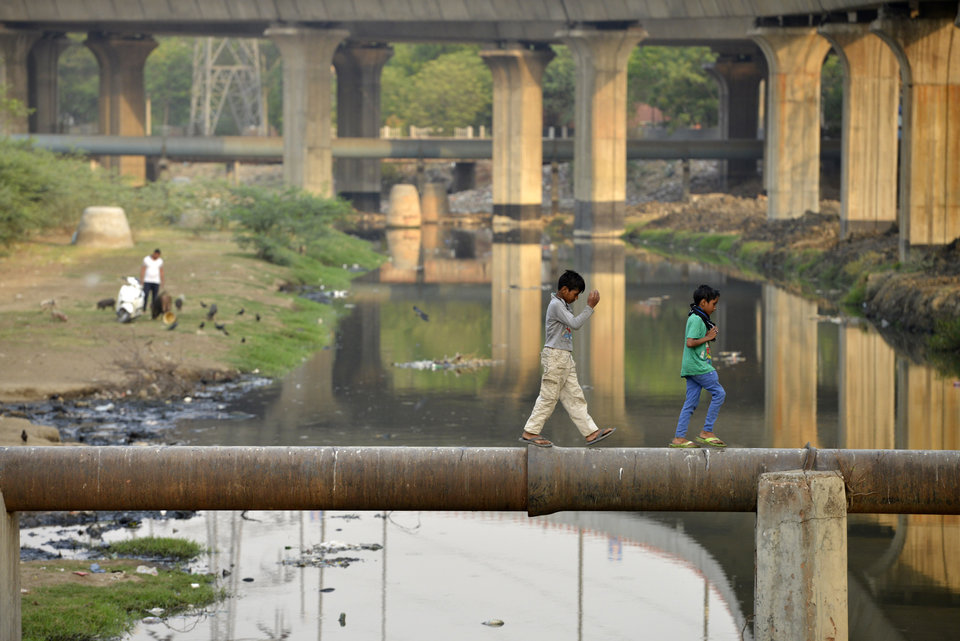
![[Translate to English:] [Translate to English:]](https://filelist.tudelft.nl/_processed_/a/d/csm_HEADER_AHK7235_5910ded19c.jpg)
